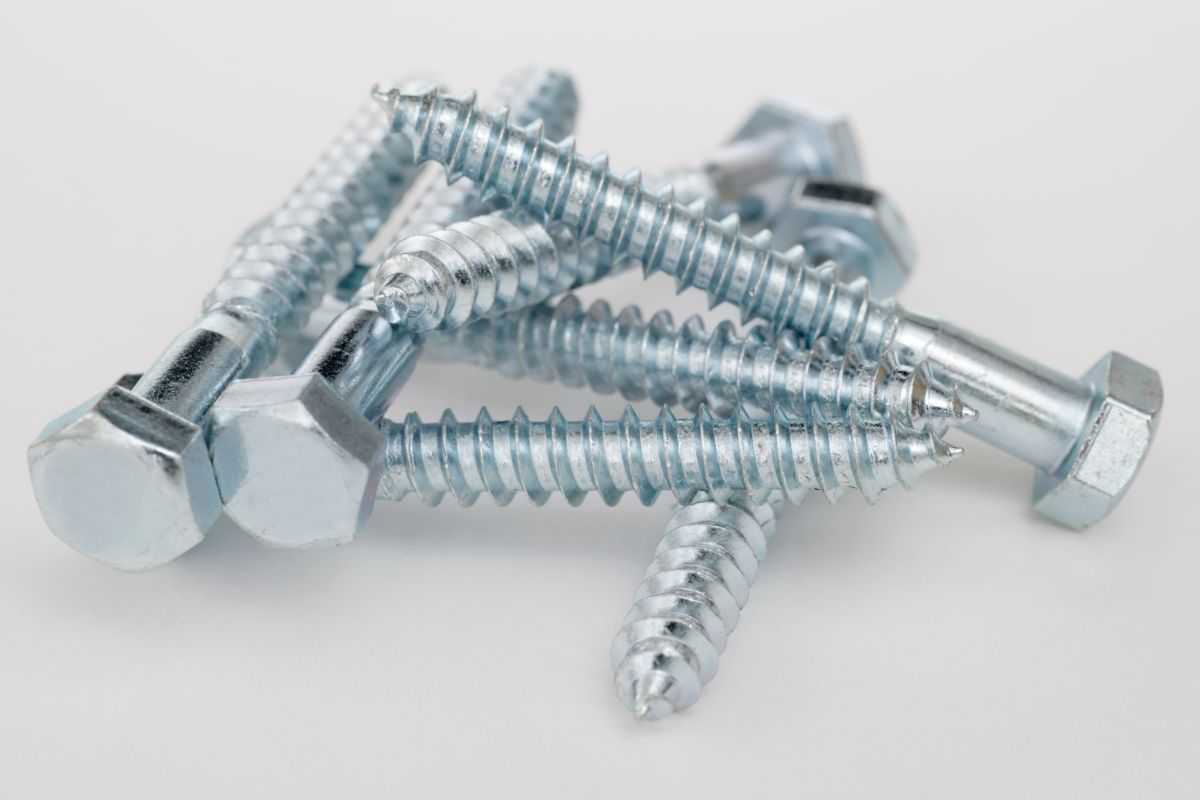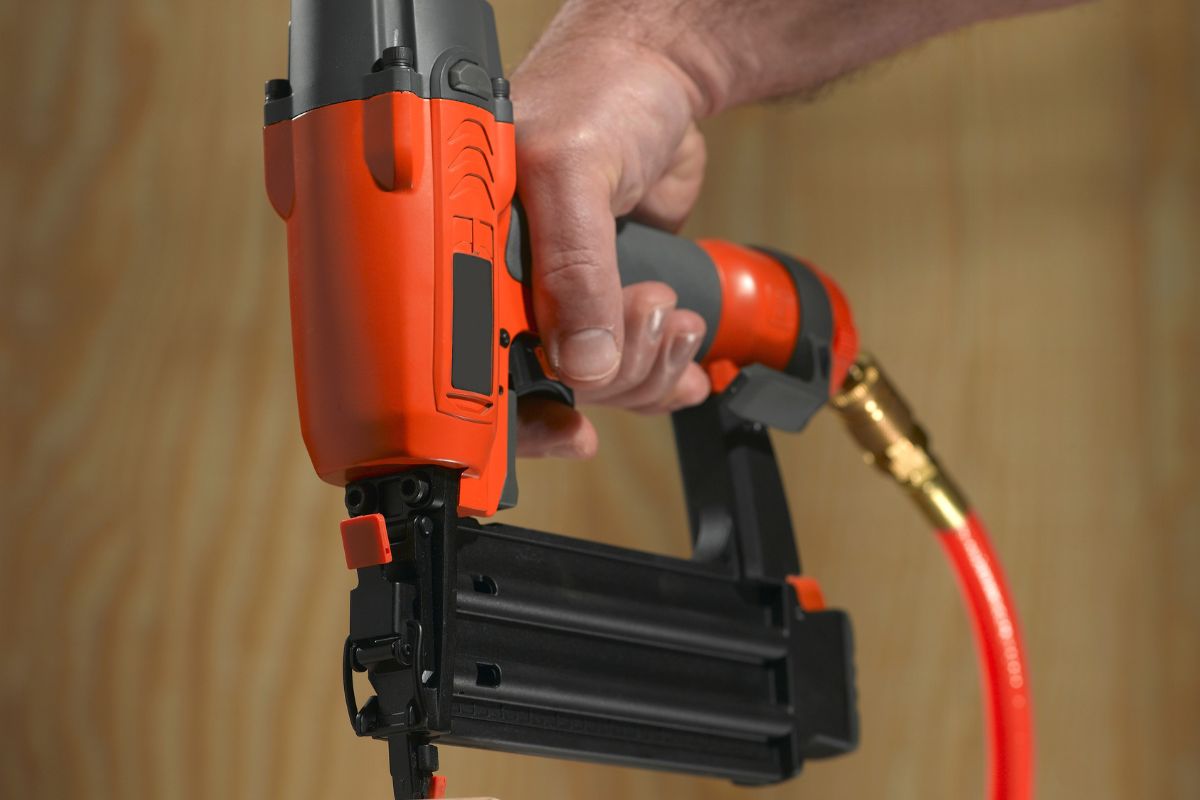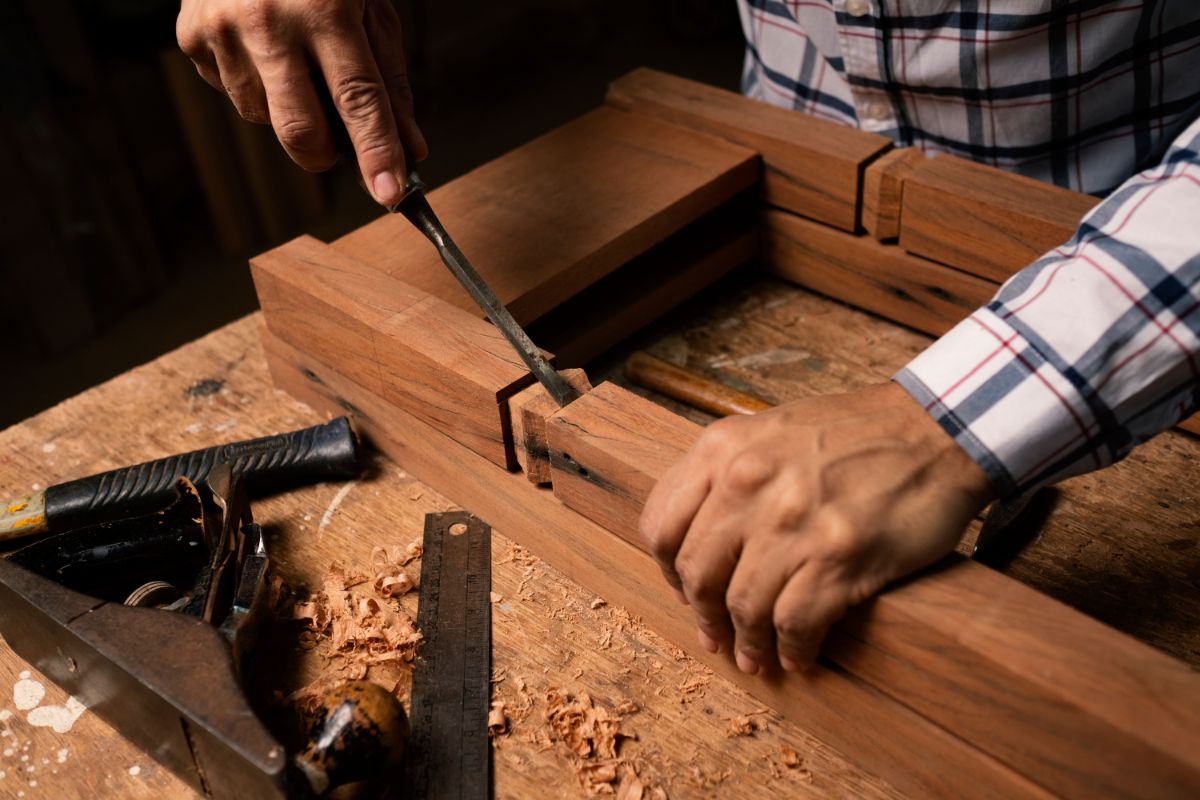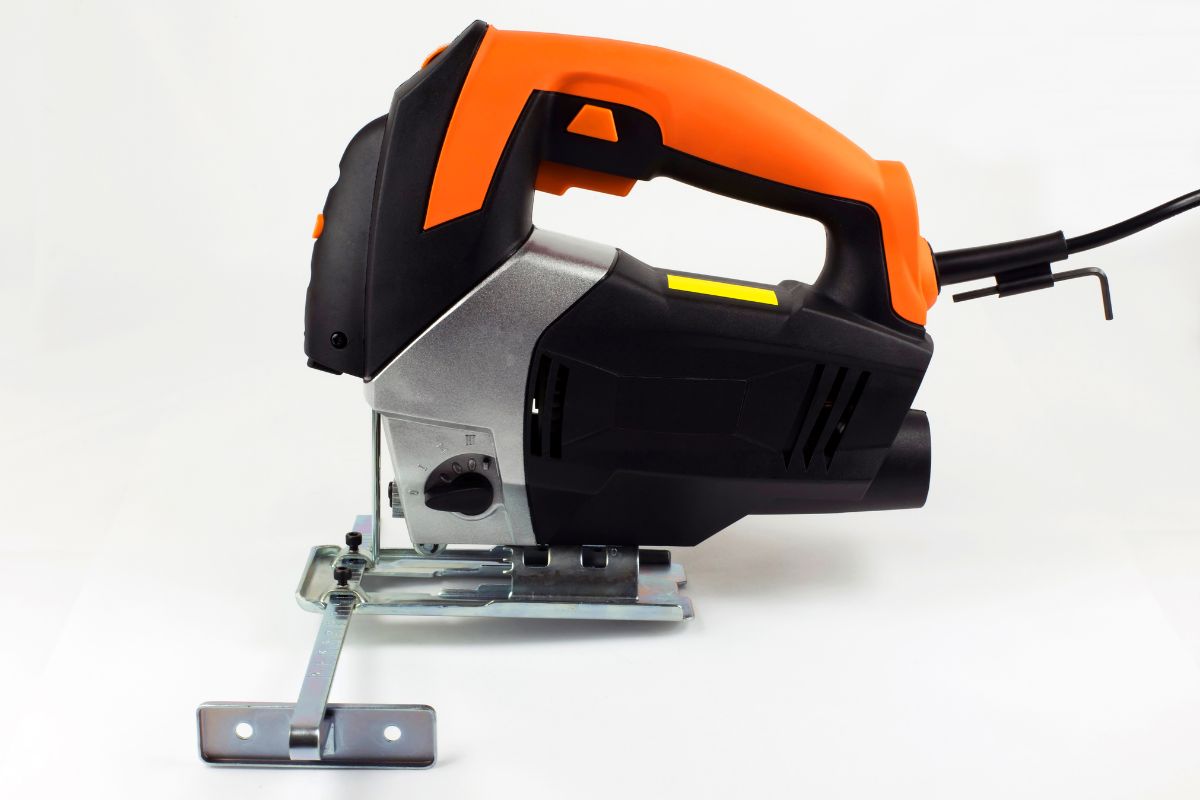When it comes to both home improvement, and heavy industry, there are many types of bolts, screws, and nails used – each bringing something a little different to the table, depending on the situation.

While nails and screws are fine for basic carpentry and home improvement purposes, larger tasks that involve weight bearing tensile strength require something a little tougher and durable.
This is where lag bolts come in handy. But what exactly are they, and what are they used for?
What Are Lag Bolts?
If you are working with heavy materials, or working on foundations that are load bearing, then lag bolts can be used to reinforce things and hold them in place, even under intense weight and strain.
Lag bolts are heavy duty metal bolts with threads that grip onto materials and create a tight, secure seal perfect for supporting heavy amounts of weight.
Etymology
The name ‘lag bolt’, comes from their original intended function – which was as a supporting bolt in barrel staves, also called ‘lags’ at the time. This came to them being called lag bolts, a name that has stuck with them since.
What Do They Look Like?
Most lag bolts are composed of a hexagonal head, which is where the term ‘ hex lag screw’ comes from.
Their tips tend to be tapered or gimlet points, wrapped in gripping threads that are specially designed to be slotted into a pre-drilled pilot hole and tightened until they are firm and locked in place.
When Are Lag Bolts Used?
While lag bolts can be used for many weight bearing functions, they are perhaps most commonly used during home construction, particularly for securing the lam beams used for the second floor of houses.
However, as well as this, there are several other key functions that lag bolts are used for.
Decking
For those wanting to secure a wooden decking onto the back of their house, lag bolts will be a major part of making sure the whole thing is safe and can support the weight of several human beings and pieces of furniture.
The decking is secured to the house by wooden joints, and these are held in place with lag bolts.
Concrete
However, many homes and public buildings (like stores) are made from concrete. For those homes or businesses that want to add a deck to their concrete building, lag bolts are a key feature to ensure the whole thing is sturdy and safe.
Brick Work
Lag bolts are also useful for securing things into brick – such as a decking or some kind of outdoor gazebo. The very nature of lag bolts makes them incredibly suited to bonding materials together, even if those materials are of different strengths and quality.
Steel
If lam beams aren’t enough to support the second floor of a house, then steel beams are the material of choice.
These can be held firm by lag bolts, and often prove to be more weather resistant and long lasting than wooden beams – namely due to the combination of iron and carbon, which makes it hard to tarnish.
Metal roofing is also common in certain structures – such as industrial buildings – and lag bolts are a great way of securing these steel sheets to the underlayment, ensuring that they aren’t torn off under high winds or other adverse weather conditions.
Lag Bolts Vs Lag Screws: The Difference
Despite both terms being used in the construction trade, there is little to no difference between lag bolts and lag screws – although different lengths of bolts (with ‘shoulders’) might be referred to by different names.
How Much Weight Can They Hold?
So, we’ve established that lag bolts can support a lot of weight, making them great for home improvement and construction purposes. But just how much weight can they hold exactly?

Whereas a simple nail hammered into a stud can hold approximately 20 pounds, and a simple wood screw can support around 100 pounds of weight, lag bolts can support far more than both combined.
Of course, this number varies depending on the size and thickness, but generally, the following applies:
- A 5/16 inch lag bolt supports a maximum of 100 pounds per inch of thread.
- A 3 / 8 inch lag bolt holds 200 pounds per inch of thread.
- A ¼ inch lag bolt supports up to 272 pounds per inch of thread.
According to experts, the lower the measurement of the bolt, the more weight it is capable of supporting.
As such, for applications where more support is required, construction experts are more inclined to use lower measurement bolts as a means of providing the build with more strength and sturdiness.
For smaller tasks – such as anchoring an entertainment system to a wall in your home, you would be more inclined to use a larger measurement lag bolt, as the weight requirements are not enough to warrant any extra support.
Lag Bolts: Preparation & Installation
To install a lag bolt, there are certain things that need to be done in preparation.
Pilot Holes
Lag bolts need pilot holes to be drilled beforehand. This allows the tapered bolt tip to then be inserted into the hole and tightened accordingly.
Depending on the type of wood, and the size of the bolt, there are various different ways to drill pilot holes for lag bolts.
- 5/16 inch bolt – softwood (9/64 inch), hardwood (7/32 inch).
- ⅜ inch bolt – softwood (11/64 inch), hardwood (¼ inch).
- ¼ inch bolt – softwood (3/32 inch), hardwood (3/16 inch).
Final Thoughts
And there we have it, everything you need to know about lag bolts, and the ways they are used within construction and home improvement.
So, if you are looking for the right equipment to support a heavy load in your home or business, then a lag bolt might just be the one for you!
- The Woodworkers Guide to Brad Nailers: Everything You Need to Know - September 25, 2023
- How To DIY An Aztec Garden Dining Table [The Easy Way] - October 18, 2022
- Farrow & Ball Pigeon: Is It Right For Your Home? - October 17, 2022








